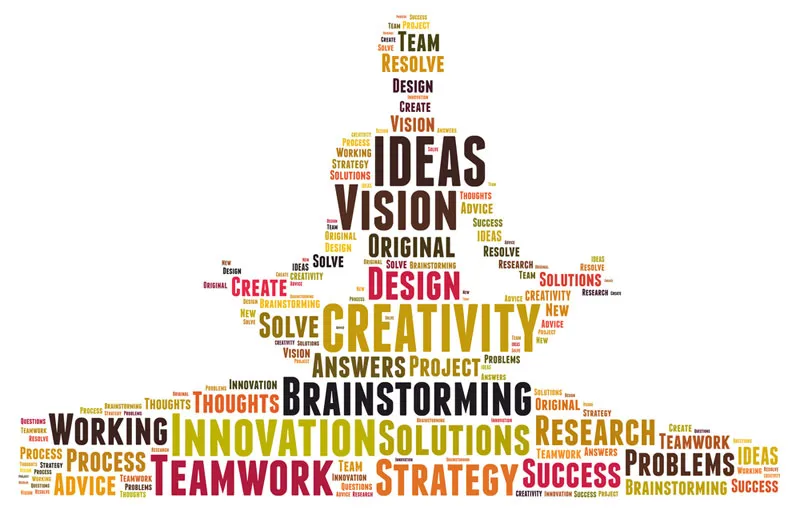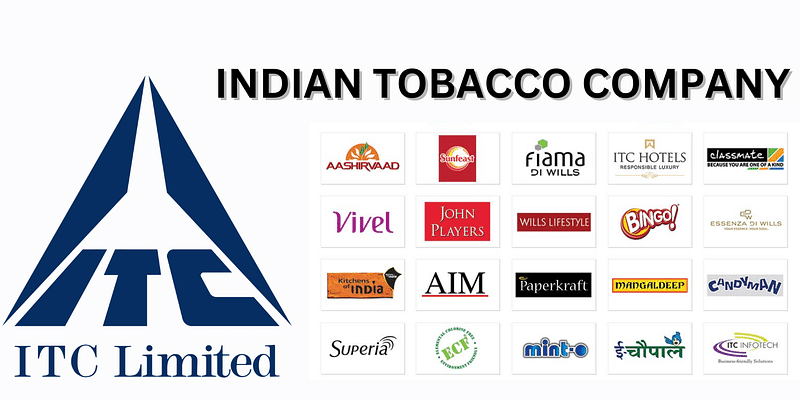Creative confidence: 8 steps for a life of innovation, by Design Thinking gurus Tom and David Kelley
Engineering students Akshay Kothari and Ankit Gupta developed the Pulse News reader for the iPad during observation and testing sessions for a design course, at locations like Starbucks cafes near Stanford University. The app became so popular that the founders ended up selling their startup for $90 million to LinkedIn.
Doug Dietz of GE attended a d.School workshop and re-designed the MRI machine to be more game-like and friendly towards kids. Rahul Panicker, Jane Chen, Linus Liang and later Naganand Murthy designed the Embrace baby-warmer for mothers rather than for clinicians, by using design thinking techniques such as reframing.

“Creative confidence is about believing in your ability to create change in the world around you. This self-assurance lies at the heart of innovation,” according to brothers Tom and David Kelley in their book, Creative Confidence: Unleashing the Creative Potential within us all.
Tom Kelley is a partner at IDEO, and the author of the bestsellers The Art of Innovation and The Ten Faces of Innovation. David Kelley is the founder of IDEO, a leading innovation and design firm, and creator of the d.School at Stanford University.
Individuals and organisations can unleash their full creative potential once they get over myths and insecurities and exercise their creative muscle systematically, Tom and David explain. Their 288-page book is divided into eight chapters, with plenty of references and case profiles.
“Creativity isn’t some rare gift to be enjoyed by the lucky few – it’s a natural part of human thinking and behaviour,” the authors explain. “We are stunned at how quickly people’s imagination, curiosity and courage are renewed with just a small amount of practice and encouragement,” Tom and David say.
Here are my key takeaways from this crisp and inspiring book. See also my reviews of the books 101 Design Methods and Solving Problems with Design Thinking, and the framework The ‘8 Is’ of Design Thinking for Startups.
1. Growth state of mind
Design thinking helps achieve breakthrough innovation via a creative leap. It is based on having a growth state of mind, despite uncertainty of outcomes and impacts. “A growth mindset is a passport to new adventures,” the authors explain. Whether with audacious goals or small steps, the first step of creative intention is acknowledging and overcoming fear, embarrassment and failure.
While much of innovation methodology addresses technology (feasible) and business (viable) issues, design thinking puts people (desirable) considerations right at the centre. The design thinking focus on observation and empathy brings in human behaviour, motivation, needs, desires and beliefs. Design-driven innovation is powered by inspiration, sense-making, ideation-experimentation loops (‘going wide’) and implementation (‘going deep’).

2. Daring and Learning
Having self-efficacy, or belief in your innate ability to make a change, will help you take tougher challenges in future, persevere longer, and rebound from failure. Thomas Edison and the Wright brothers are good examples of innovators who overcame hundreds and thousands of failed attempts before they succeeded.
Fear of poor performance even applies to individual activities such as public speaking and sketching, which are much needed in the demo and debate stages of innovation. “The inescapable link between failure and innovation is a lesson you can learn only through doing,” the authors observe. Overcoming fear of failure is only the first step; you have to keep stretching yourself. Practice creates a database of experience and a mental attitude of tenacity.
For example, Bessemer Ventures has an ‘Anti Portfolio’ on its website, with stories of its failures and missed opportunities (eg. PayPal, FedEx). Paul McCartney and George Harrison performed poorly in music class – but went on to create one of the most successful bands of all time.
3. Creative sparks and insights
Innovation is fueled by curiosity, optimism, perseverance and a bias towards action and experimentation. It is powered by the creative spark, a skill that can be sharpened by techniques such as ‘relaxed attention,’ constructive day-dreaming, field observation, reframing contexts, and digging beneath the surface (‘five whys’).
At the organisational level, office design can be re-done to improve jotting down of unusual and useful ideas via community chalkboards. Travel trips help trigger new ideas and analogies from other industries (see my book review of Cross-Industry Innovation).
For example, Ormond Hospital got inspiration to de-redesign its ICU from watching a Formula One pit crew on TV. PNC Financial Services leveraged digital habit-forming behaviours to promote more responsible financial activities among youth. Watching end-users at work yields insights on design that may even be counter-intuitive, such as one of IDEO’s surgical tools which ended up being heavier but easier to hold.
Innovators should also cultivate creative serendipity. The discovery of penicillin, saccharin, safety glass and pacemakers all had elements of serendipity. Hackathons and makeathons also open the door to serendipitous discoveries.
4. The ‘Do something’ Mindset
A bias towards action balances planning with rapid prototyping. It is better to tinker and tweak something rather than contemplate and coast along. Maintaining a list of problems or trends is a good start, but it’s important to overcome the ‘knowing-doing’ gap which paralysed many companies (such as Kodak).
Rather than obsess with quality in the first steps, it is better to get quantity and energy going while prototyping MVPs. Creative constraints can actually spur better ideas, rather waiting for full budget or ideal timing. “The lower the budget for my film, the more chances I can take,” jokes director Francis Ford Coppola.

Pixar is famous for the storyboards of its successful movies. Walgreens creates foam prototypes to evaluate store designs. Air New Zealand pioneered the ‘cuddle class’ Skycouch design for its long flights.
Creating mini-milestones and smaller goals helps build up a larger drumbeat of activity. “The best kinds of failures are quick, cheap and early,” the authors explain (see also my book reviews of Fail Better and Fail Fast.)
“Launch to learn,” the authors advise, citing Kickstarter as a good way for innovators to test their creative projects. The startup BookLending.com used social media for ‘creating infectious action’ and validating its idea before launch.
5. Finding your calling
Are you looking for a job, career or your true calling? What gives the most fulfillment? What rewards, awards and incentives turn you on the most? Do you feel guilty leaving your comfort zone and material cocoon?
Seeking your passion is a journey of self-discovery, and calls for techniques like ‘mood mapping’ as well as experimentation with side projects. This can lead to new roles within the same company or industry – or a new track altogether.
6. Building an innovative culture and team
“You need teamwork – the right combination of leadership and grassroots thinking – to achieve innovation at scale,” the authors explain. Mauro Porcini of 3M describes the five design phases of a company’s journey as denial, lip-service, leap of faith (via coaching and practice), quest for confidence (search for validation), and holistic integration (DNA of design thinking).
Kaaren Hanson used design thinking to transform Intuit’s innovation culture. The initiative, ‘Design for Delight,’ leverages a network of change champions who blend experimentative attitudes with fun. Jet Blue used diversity in participation to develop better disaster management plans. P&G has hundreds of trained facilitators to promote a culture of open ideas, debates over prototypes, and sharing of testimonials.
Even creative use of language can help build an ‘innovation greenhouse’ in an organisation, via questions such as ‘How might we… ?’ Such language and interactions can have a multiplier effect in a company. “Belonging to a strong creative team can be one of the most rewarding aspects of working life,” the authors explain.
7. Exercises for creative thinking
One chapter offers ten techniques for stimulating creative thinking. The value lies not in the idea behind these exercises but in the action to complete them.

These include use of mindmaps for planning parties, maintaining an ‘idea wallet’ of daily observations, drawing empathy maps of what your neighbours say/feel/think/do, working with your colleagues but with new nicknames, and the 30 Circles exercise.
8. Creativity for life
Once you’ve built your creative confidence for your first set of projects or tasks, you can embrace continuous learning and design your whole life. Broaden your perspectives and skills so you become the ‘go to’ person for creative thinking, and unleash creativity in others as well. Tap into broader innovation networks. “Start designing your new life,” the authors conclude.
The book is packed with numerous useful and inspiring quotes, and it would be apt to end this review with a sample:
Failure sucks, but instructs. – Diego Rodriguez, IDEO
Courage is only the accumulation of small steps. – Gyorgy Konrad
Fun is self-reinforcing. – Kaaren Hanson, Intuit
Release your idea into the wild before it’s ready. – Tom Hulme, IDEO
Do the thing you fear, and the death of fear is certain. – Ralph Waldo Emerson
Do or do not – there is no try. – Yoda
Don’t get ready, get started. – Perry Klebahn, d.School
Think of today as a prototype. What would you change? - Tim Brown, IDEO
Image credit "ShutterStock"











